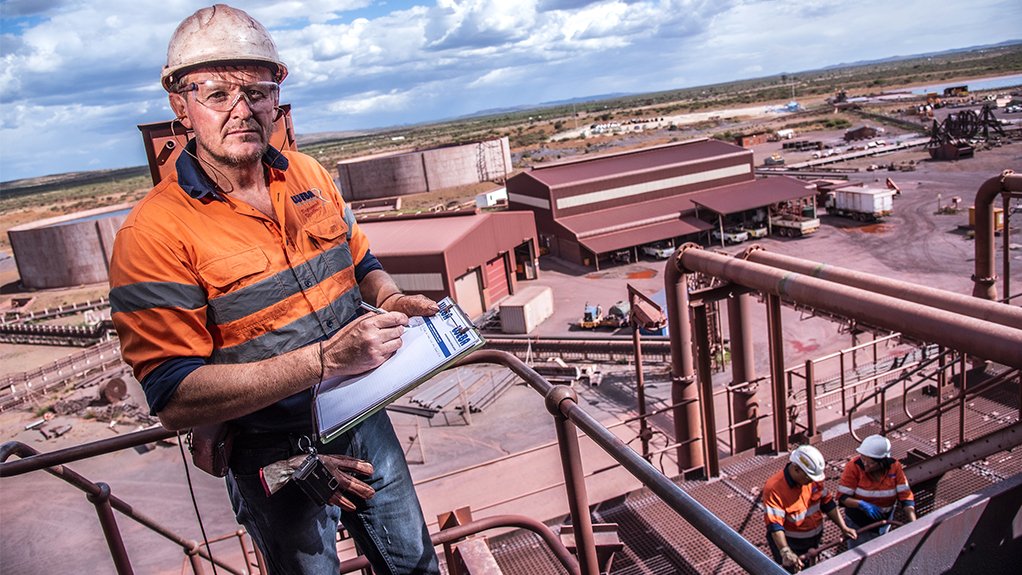Dust is recognised as a serious health hazard in mines where metals and metalloids are carried in atmospheric dust, exposing workers to toxic contaminants.
Dust from minerals such as coal, silica and other finely powdered materials can damage the lungs and air passages and smaller particles of about 0.3 μm in size have the most serious impact on human health, says Weba Chute Systems manager Izak Potgieter.
“The Occupational Health and Safety Act therefore specifies certain dust exposure limits, so that mines can measure and control dust, to ensure that levels are managed,” says Potgieter. “Health and safety officers monitor this on a regular basis as part of their compliance standards.”
He notes that dust is often generated during the transportation of minerals on conveyors and through transfer chutes. Measuring dust at these sources can be done using a handheld dust meter, typically gathering data in 30 second intervals with 0.003 split seconds per measurement. The data from this process can then be profiled into a scatter plot, considering factors like lump size, belt speed, relative humidity, wet-bulb temperature, wind conditions and material type.
“The lump size of the material being moved is usually a key factor affecting dust levels,” he says. “To understand the levels of dust being produced, data on the size and material type needs to be collected and analysed.”
The speed of conveyor belts will also affect the dust levels, Potgieter says, depending on the tonnage per hour travelling through the chute. Reducing the dangers of dust in this environment requires better flow control of the moving material, including velocity and impact on conveyors and in chutes.
EMAIL THIS ARTICLE SAVE THIS ARTICLE
To subscribe email subscriptions@creamermedia.co.za or click here
To advertise email advertising@creamermedia.co.za or click here













